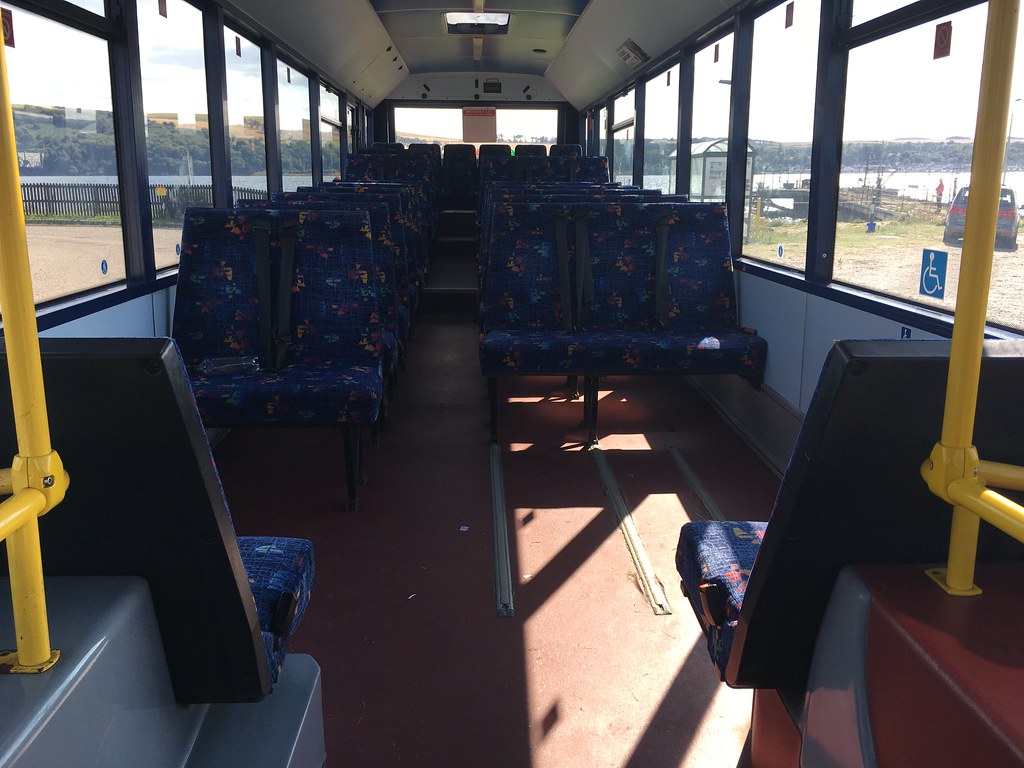Bletchleyite
Veteran Member
Not under current rules. Coaches must have seatbelts and cannot have standees, and if it is a bus, the PSV Accessibility Regulations are more onerous. Extract from the regulations (full text at www.legislation.gov.uk/uksi/2000/1970/pdfs/uksi_20001970_en.pdf)
“bus” means a public service vehicle designed and constructed for the carriage of both
seated and standing passengers which is of category M2 or M3 (as defined in Annex II(A)
to the 1970 Directive) and has a capacity exceeding 22 passengers, in addition to the driver;
“coach” means a public service vehicle designed and constructed for the carriage of seated
passengers only which is of category M2 or M3 (as defined in Annex II(A) to the 1970
Directive) and has a capacity exceeding 22 passengers, in addition to the driver;
Even a Plaxton Panther LE does not carry standees.
Is there any legal reason a bus can't look like a coach, though, subject to accessibility provisions? So those X5 vehicles were perhaps legally buses (pre accessibility regs)?
The difference in the definitions you quote seems to be mostly that standees are allowed or not.

